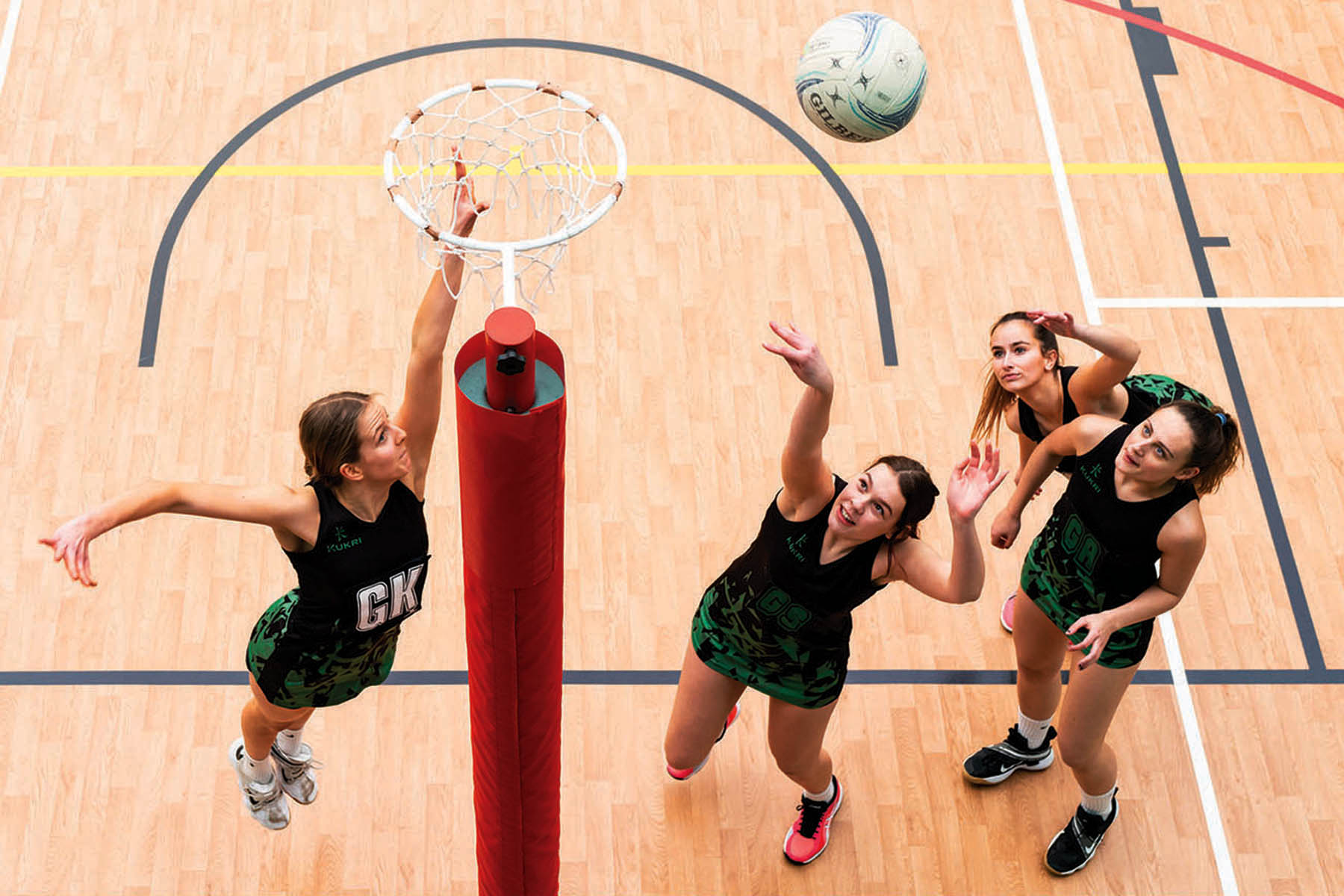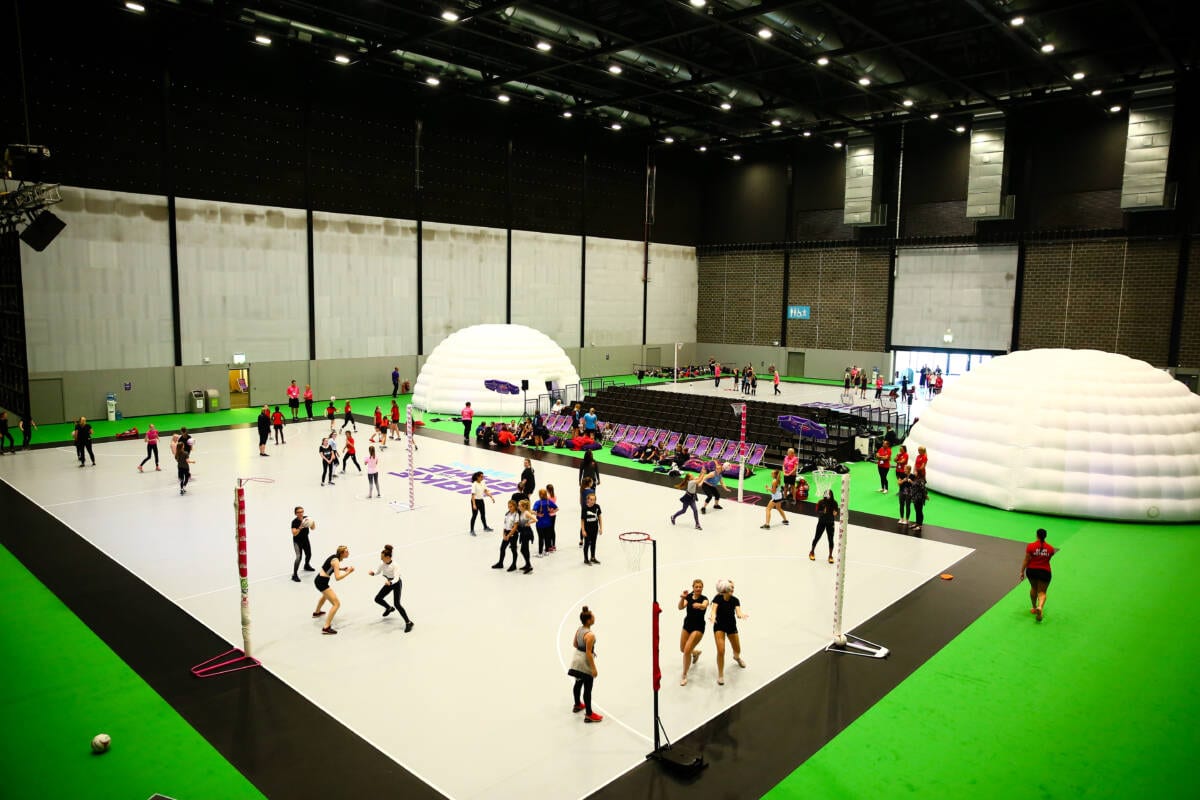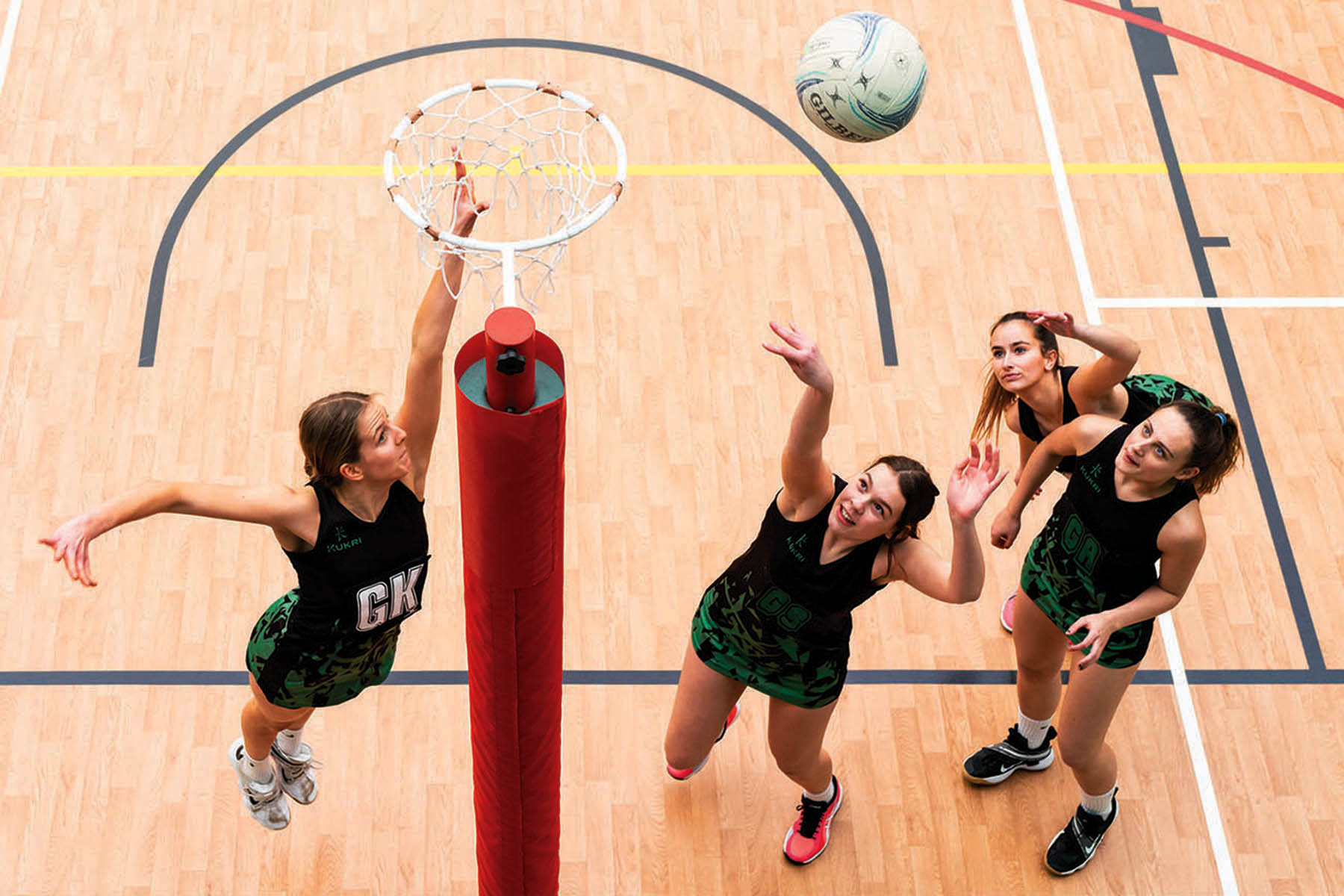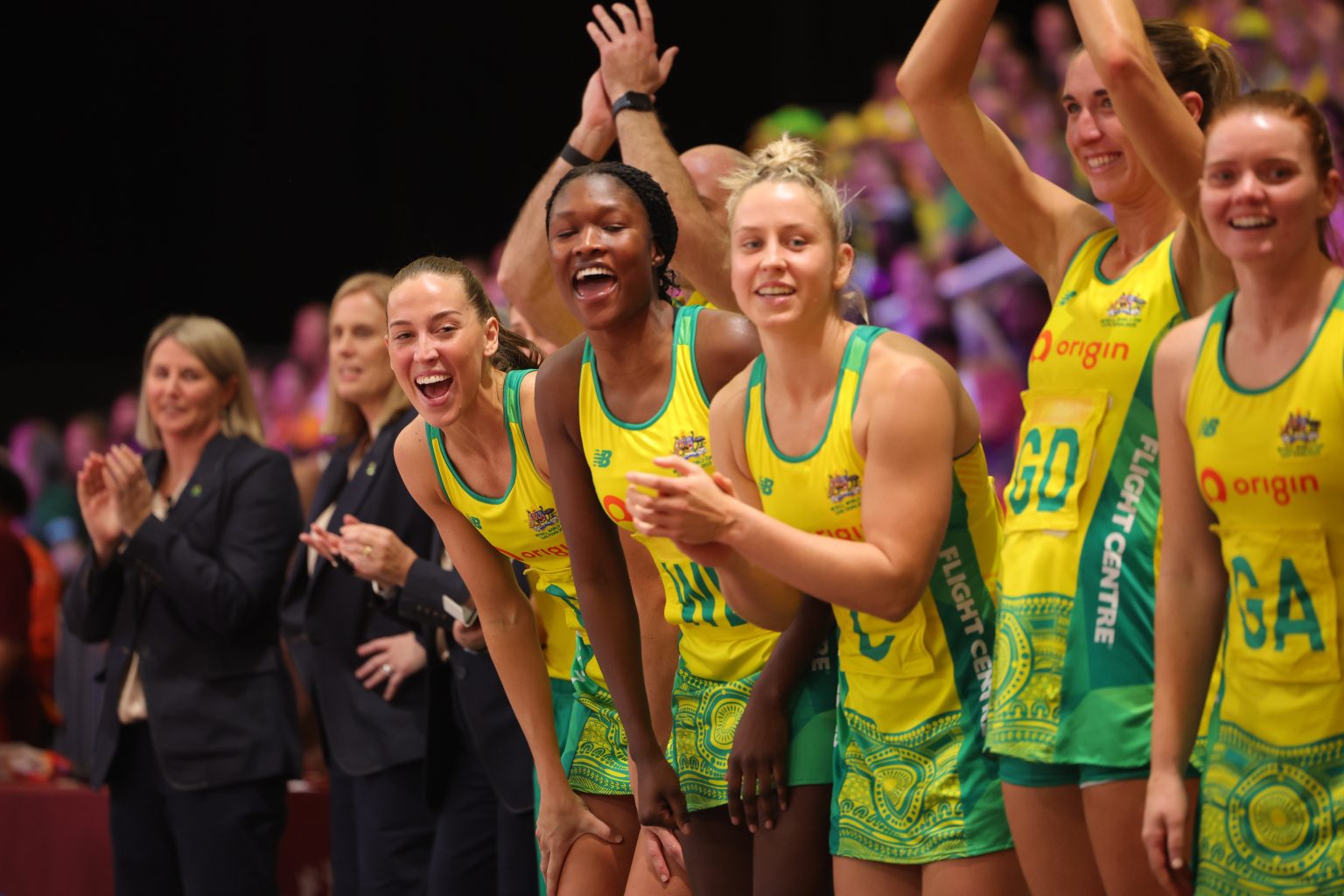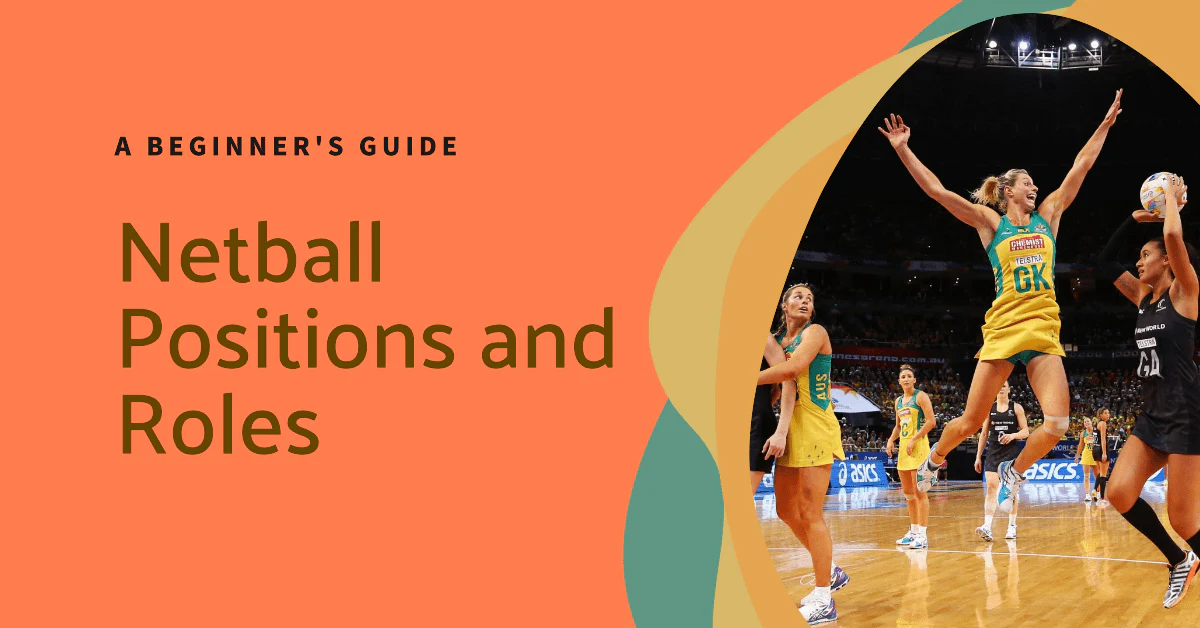Netball isn’t just one game but several exciting variations that bring new challenges and fun. Traditional seven-a-side netball is the most common form, featuring two teams of seven trying to score goals in a rectangular court. Understanding these different types of netball can help you choose the best game for you and your friends.
One popular alternative is Fast5, a faster-paced version with only five players per team. This type of netball introduces dynamic rules like zones for scoring additional points and allows for unlimited substitutions, making it more intense and thrilling. Other versions, like Walking Netball, cater to those who prefer a slower pace, ensuring inclusivity and accessibility.
For those seeking even more variety, there are other interesting formats like Beach Netball and Indoor Netball. These versions bring unique twists, such as playing on sand or ensuring continuous play with rebound walls. Exploring these different types of netball opens up a world of possibilities for both casual players and enthusiasts.
Traditional Netball
Traditional netball, often called seven-a-side netball, has been played since 1895. The game features two teams, each consisting of seven players. Both men and women can enjoy this sport, making it inclusive for everyone.
The primary goal is to score points by shooting a ball through the opponent’s goal ring. The goal ring is 10 feet high and has a diameter of 15 inches. Players pass the ball down the court, working with their teammates to find the best scoring opportunities.
Netball has specific rules to keep the game fair and exciting. One key rule is the strict footwork rule. Players must land on one foot when catching the ball and then pivot on that foot to pass. Physical contact between players is not allowed, promoting a non-contact nature of the game.
While the game can be enjoyed by beginners, it also offers plenty of challenge for the experienced player. World Netball governs the rules, and they regularly review and update them. For example, the Rules of Netball 2024 Edition came into effect internationally on January 1, 2024.
Fast5 is a dynamic version of traditional netball, but many players still prefer the classic form for its emphasis on team strategy and skill.
Traditional netball is played on a rectangular court divided into three sections. Each team has positions with specific roles like Goal Shooter and Wing Defense. This setup ensures all players have distinct responsibilities, making teamwork essential. Whether played by girls in school or professionals, traditional netball remains a beloved sport worldwide.
Fast5 Netball is an exciting, fast-paced variation of traditional netball. This version features shortened quarters, fewer players, and goals worth multiple points.
In Fast5, matches are played on a standard netball court with an added twist. There’s an additional semi-circle of radius 2.5m inside the goal circle. The area inside this semi-circle is called the “inner circle.” Shots taken here are worth more points compared to traditional netball.
Scoring System:
- One point: Shots taken from the outer circle.
- Two points: Shots taken from within the circle.
- Three points: Shots taken from the outermost circle.
The rules of Fast5 aim to maintain a high tempo. This makes it suitable for both beginners and experienced players, appealing to men, women, and girls alike. The fast-moving play keeps them excited and engaged.
Instead of the usual seven players, Fast5 teams consist of only five players on the court at a time. This opens the game up and allows for more dynamic strategies and plays.
Fast5 was originally called FastNet and was introduced by the International Netball Federation in 2008. It’s become popular in world netball events for its thrilling and engaging gameplay.
Many find Fast5 a great way to improve skills due to its rapid pace and unique scoring system. Its design encourages agility, quick decision-making, and precision, making it a favorite for many netball enthusiasts.
For those looking to try a new twist on netball, Fast5 offers an engaging and energetic option that stands out from the traditional game.
Mixed Netball
Mixed Netball is a growing sport that combines men and women on the same team. This version of netball follows the same rules as traditional netball but requires at least one male player on the court at all times, with a maximum of three male players.
It provides a fun and inclusive way for everyone, from beginners to experienced players, to enjoy the game together. Mixed Netball encourages camaraderie and improves teamwork skills among all participants.
The social aspect is significant in mixed netball. Playing with both genders can help players develop new friendships and a sense of community. The fast-paced nature of the game also makes it an exciting experience.
Mixed Netball can be played recreationally at training sessions or more competitively in leagues. It is recognized as a welcoming and diverse version of netball by England Netball.
Formats
- Traditional Mixed Netball: Standard rules apply with mixed teams.
- Fast5: A quicker version with shorter games.
Mixed Netball also adds an extra layer of tactics and strategy due to the different playing styles and strengths brought by both men and women. This variety can make the game more challenging and enjoyable for all.
Indoor Netball
Indoor netball is a variation of traditional netball played inside, which gives the game a faster pace. There are two main formats: 6-a-side and 7-a-side.
One important feature of indoor netball is its focus on mixed-gender matches, encouraging men and women to play together. This offers a different dynamic compared to traditional netball. Still, there are ladies’ and men’s games available too.
| Format | Description |
|---|---|
| 6-a-side | Requires fewer players, faster gameplay |
| 7-a-side | Similar to traditional outdoor netball |
Fast5 is another exciting variant often played indoors. It has only five players per team, leading to even quicker matches. This format is popular among both beginners and experienced players.
Indoor netball courts are slightly smaller than outdoor courts and surrounded by nets, ensuring the ball remains in play. This results in continuous action and fewer interruptions, keeping players on their toes.
Beginners find indoor netball a great way to learn netball skills because the contained space allows for more controlled play. Women and girls often enjoy indoor netball for its social aspect and fitness benefits.
World Netball often organizes tournaments, showcasing the sport’s global appeal and bringing together players from different countries.
Overall, indoor netball offers a fun, fast-paced game suitable for men, women, and mixed teams, making it a popular choice for various skill levels and age groups.
Walking Netball
Walking Netball is a slower-paced version of netball designed to be inclusive for everyone. It’s perfect for those who are older, less fit, or just getting back into the game. Both men and women can enjoy this sport at a pace that suits them.
In Walking Netball, running and jumping are not permitted. Players must keep one foot on the ground at all times. This makes the game ideal for beginners or those with mobility issues.
Basic Rules:
- Players can only hold the ball for three seconds.
- An extra step is allowed when you have the ball.
- The focus is on participation and fun, not competition.
This sport is a fantastic way to stay active and connect with others. It’s played in a safe environment, which encourages people to continue playing well into their later years. Even experienced players find joy in the simpler, more relaxed rules.
Health Benefits:
- Increases fitness levels
- Promotes social interaction and teamwork
- Improves mental health through physical activity
Walking Netball evolved from a growing demand for walking sports. Initiatives like these have successfully brought older or less mobile players back to the sport they love.
Whether it’s for boys and girls in their early years or adults who played netball in the past, Walking Netball offers something for everyone. This makes it an essential addition to the different types of netball available today.
